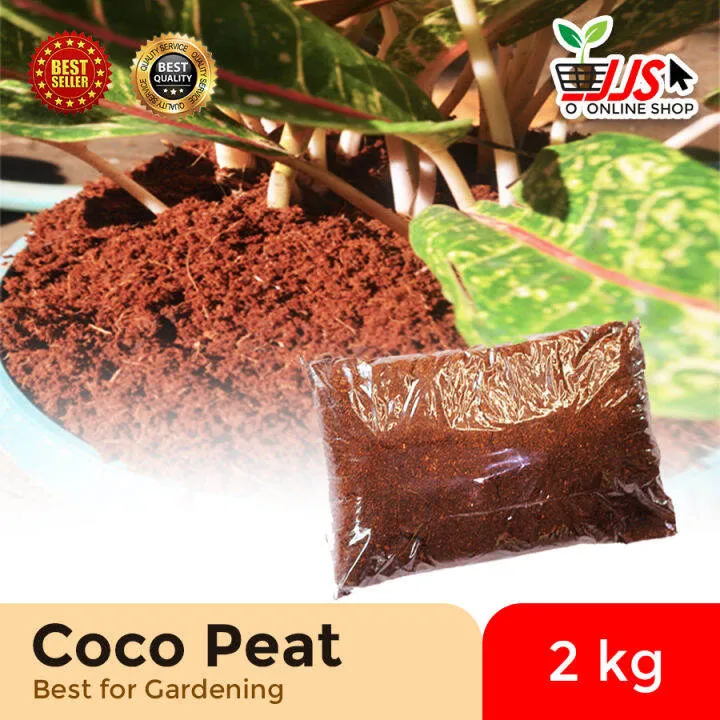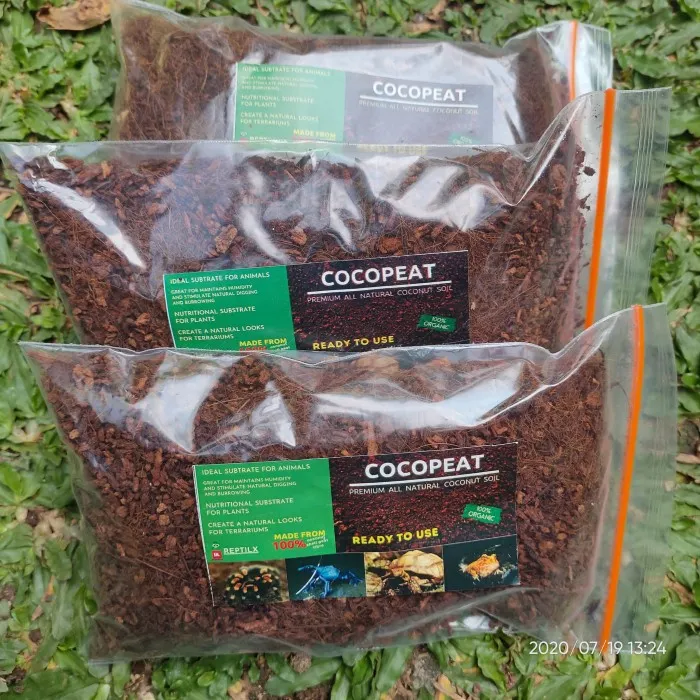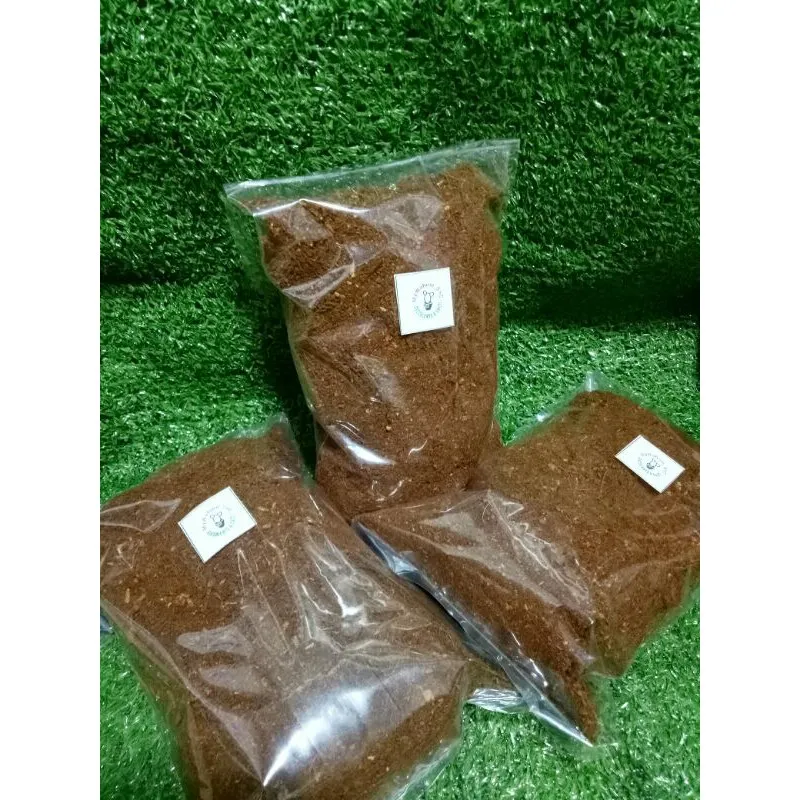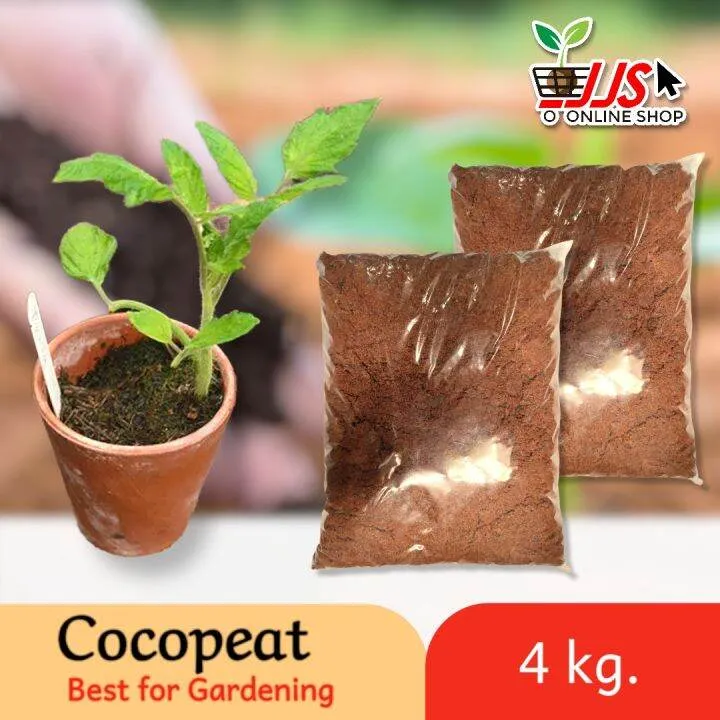What is Coco Peat (and Why Use It)
Coco peat, also known as coir, is a natural fiber made from coconut husks. It’s a byproduct of the coconut industry, making it an environmentally friendly choice for tarantula substrate. The use of coco peat has gained significant popularity within the tarantula-keeping community due to its exceptional properties and suitability for these fascinating creatures. But why is coco peat so popular, and what makes it ideal for your tarantula’s habitat? The answer lies in its unique composition and the benefits it offers, creating a healthier and more comfortable environment for your eight-legged pet. Understanding coco peat is the first step toward providing the best possible care for your tarantula.
Understanding Coco Peat’s Properties
Coco peat possesses several key characteristics that make it a superior substrate. Its excellent water retention capacity allows it to hold moisture, which is crucial for maintaining the humidity levels required by many tarantula species. This moisture retention helps to prevent dehydration and promotes healthy molting. Furthermore, coco peat has a naturally slightly acidic pH, which helps in controlling bacteria and fungal growth, providing a cleaner and safer environment for your tarantula. The material’s porous structure also facilitates aeration, which is vital for the tarantula’s respiratory health and the overall health of the enclosure ecosystem. The texture of coco peat is also soft and comfortable for tarantulas to burrow in, which is a natural behavior for many species.
Benefits of Coco Peat for Tarantulas

The benefits of using coco peat for your tarantula are numerous. One of the most significant advantages is its ability to maintain optimal humidity levels, essential for the well-being of most tarantula species. This prevents issues such as failed molts and dehydration. Coco peat is also naturally antifungal and antibacterial, reducing the risk of harmful microorganisms. The soft texture of coco peat also provides a comfortable surface for tarantulas to walk on, and burrow in, which is important for their physical and psychological health. Using coco peat also helps to neutralize odors within the enclosure, enhancing the overall environment. Coco peat is easy to find and cost-effective, making it a practical choice for both novice and experienced tarantula keepers. Additionally, coco peat is a renewable resource, making it an environmentally friendly option for your pet.
Maintaining Humidity Levels
Maintaining appropriate humidity is paramount to the health of your tarantula. Coco peat excels in this regard, but it still requires careful management. Regularly misting the substrate with dechlorinated water is a standard practice to increase humidity. The frequency of misting depends on the tarantula species and the ambient humidity of your environment. You can monitor humidity levels using a hygrometer placed inside the enclosure. Aim for the specific humidity range recommended for your tarantula species. Insufficient humidity can lead to failed molts and other health problems, while excessive humidity can cause mold and fungal growth, which are equally detrimental. Adjusting ventilation can also help to fine-tune humidity levels. The correct humidity promotes healthy molting, and prevents dehydration.
How to Prepare Coco Peat for Your Tarantula
Choosing the Right Coco Peat

When selecting coco peat, look for a product specifically designed for reptile or terrarium use. This ensures the coco peat is free from harmful chemicals, fertilizers, or pests that could harm your tarantula. You can find coco peat in various forms, including bricks, loose fibers, and compressed pucks. The bricks and pucks need to be hydrated before use, while the loose fibers are ready to go. Ensure the coco peat is clean and has a consistent texture. Also, consider buying organic coco peat to minimize any potential exposure to unwanted chemicals. Always read product reviews and choose a reputable brand to ensure you get a high-quality substrate. The right type of coco peat is fundamental to the health of your tarantula.
Preparing Coco Peat Step-by-Step
Preparing coco peat is straightforward. If you’re using a compressed brick or puck, start by placing it in a bucket or container. Slowly add warm (not hot) water to the brick. The coco peat will absorb the water and expand. Continue adding water until the coco peat reaches a slightly damp, but not saturated, consistency. Ensure that all parts of the coco peat are evenly moistened. Once hydrated, allow the coco peat to sit for a few minutes to let it fully absorb the water. Before adding it to your tarantula’s enclosure, make sure to gently squeeze out any excess water. Properly hydrated coco peat will retain the moisture your tarantula needs while preventing potential mold issues. Make sure the peat is completely soaked before adding it to the enclosure.
Setting Up the Enclosure
Before adding the coco peat, prepare the tarantula enclosure. Ensure the enclosure is clean and has proper ventilation. Ventilation is very important for maintaining proper humidity without encouraging mold growth. Consider the size of your tarantula and select an enclosure that provides ample space for movement and burrowing. The enclosure should have a secure lid to prevent escapes. Next, add any desired decorations such as hides, branches, or artificial plants. These provide enrichment and a sense of security for your tarantula. Place the enclosure in a location away from direct sunlight or drafts. Consider the temperature and humidity requirements of your specific tarantula species when selecting the enclosure and its location.
Adding Coco Peat to the Enclosure

Once the coco peat is prepared and the enclosure is ready, add the substrate. The depth of the coco peat layer depends on the tarantula species. Terrestrial species typically require a deeper substrate layer for burrowing, often ranging from 2 to 6 inches. Arboreal species may need a shallower layer, typically around 1 to 2 inches. Distribute the coco peat evenly throughout the enclosure. Gently pack the substrate to create a stable base. Consider adding a layer of sphagnum moss on top of the coco peat in one area to help maintain localized humidity if needed. Before introducing the tarantula, give it time to settle in and prepare its new habitat.
Maintaining the Coco Peat Substrate
Monitoring Humidity and Adjusting
Regularly monitor the humidity levels using a hygrometer. The ideal humidity range will vary depending on the tarantula species; research the specific needs of your pet. If the humidity is too low, mist the substrate with water using a spray bottle. If the humidity is too high, increase the ventilation in the enclosure. Observe your tarantula’s behavior. Signs of dehydration include lethargy and a wrinkled abdomen. In such cases, increase humidity immediately. Ensure the substrate is slightly damp but not soggy; a soggy substrate can lead to mold. Pay close attention to the ventilation to avoid excess humidity. Maintaining the ideal humidity level is crucial for your tarantula’s health and well-being.
Cleaning and Replacing Coco Peat

Regular cleaning is essential for maintaining a healthy enclosure. Spot-clean the substrate weekly by removing any uneaten food, molts, or other waste. Every 3-6 months, depending on the size of the enclosure and the tarantula species, it is recommended to replace the entire substrate. When cleaning, gently remove the tarantula and place it in a secure temporary container. Carefully remove the old coco peat and discard it. Thoroughly clean and disinfect the enclosure. Allow the enclosure to dry completely before adding fresh, prepared coco peat. Avoid using harsh chemicals for cleaning that could harm your tarantula. Maintaining a clean and healthy substrate will help ensure your tarantula’s well-being.
Other Substrates to Consider
Advantages of Coco Peat
Coco peat offers several advantages over other substrates. It is readily available and relatively inexpensive. Its excellent moisture-retention properties make it ideal for maintaining humidity. The natural antifungal and antibacterial properties help to create a healthier environment. It is easy to handle and use, making it a good choice for both novice and experienced tarantula keepers. The soft texture is suitable for burrowing species, enabling natural behaviors. The substrate is also biodegradable, making it environmentally friendly. Coco peat is one of the best choices due to all the advantages it has for tarantulas.
Disadvantages and Alternatives

While coco peat is an excellent choice, it does have some drawbacks. It can sometimes be dusty, and it can become compacted over time. It might need more frequent cleaning compared to other substrates. Some tarantula keepers prefer alternatives for a variety of reasons. Alternatives to coco peat include peat moss, vermiculite, potting soil, or a mix of these. Each substrate has its own set of advantages and disadvantages, so it’s important to research and choose the best option for your tarantula species and personal preferences. Alternatives such as peat moss are good choices, but always prioritize safety and the wellbeing of your tarantula.
In conclusion, coco peat is an excellent substrate choice for tarantulas due to its humidity-retaining properties, natural antifungal qualities, and ease of use. By properly preparing, maintaining, and cleaning the coco peat substrate, you can provide your tarantula with a healthy and comfortable environment. Careful monitoring of humidity levels and regular cleaning will ensure that your tarantula thrives in its habitat. Researching the specific needs of your tarantula species and adapting your care routine accordingly will help your eight-legged pet live a long and healthy life. Enjoy the rewarding experience of tarantula keeping, providing the best care possible for your fascinating pet.
